Ask the Builder: Why your exterior paint peels and flakes
Do you get frustrated when the expensive exterior paint you use peels, flakes or cracks in just a few years? You’re not alone. I’m about to survey my thousands of newsletter subscribers. I’m willing to bet you a two-step mocha-chip ice cream sundae that a majority of them suffer as you do.
I’m convinced your disappointment can be traced to several things you might not know about paint. I believe that once you have a grasp of the product, you’ll start to get the same results I get when I paint outdoors.
What would you say if I told you I painted my Cincinnati house 25 years ago and it looks as good today as it did back then? The paint has not peeled or flaked off. I’m having the exact same result with my current home in New Hampshire. It was last painted 15 years ago with the best paint I could buy. Allow me to share with you the simple secrets to obtain results like mine.
It’s essential to know that paint is just colored glue. Paint chemists refer to the glue as resin. There are many different types of glue. For example, the basic white glue kids use in kindergarten is nearly identical to the lowest-quality paint you can buy. You know yellow carpenter’s glue is far superior, and you can get paints that have this better resin base.
Epoxy is very strong, and yes, you can purchase epoxy paint. The only issue is it’s a bit more difficult to work with. Have you ever applied clear urethane to woodwork or furniture? Have you noticed how sticky and durable it is?
That’s the exterior paint that I use: paint that has a urethane resin. It’s water-based and as easy to apply and clean up as any water-based exterior paint.
Your past failures with exterior paint might be traced to any number of shortcuts or mistakes. Allow me to share what I feel might be the most common ones. First and foremost, when was the last time you read and followed the instructions on the label of the paint can? I’d be willing to up my bet that less than 20% of homeowners take the time to do this.
Just about every label I’ve read mentions applying the paint to a clean, dry surface. What’s your definition of clean? Would you say your oily filthy body is clean if you stand in a shower under the highest pressure your skin can tolerate for 20 minutes before you towel off?
The answer is no. Yet you may have used a pressure washer the last time you painted something outdoors to clean it. Have you ever used a pressure washer to clean your filthy car holding the wand as close to the surface as you feel comfortable? If you then allowed your car to air dry, you’ll notice there is still a stubborn thin film of dirt on the paint. Your car is not clean after it’s pressure washed.
To get your body clean in a shower, you probably rub your skin with soap. You might even use a brush or microfiber towel. This mechanical agitation of the surface in conjunction with the soap is what gets your skin clean. You should do the exact same thing with whatever you intend to paint. Special brushes used to clean large RVs are perfect for house cleaning. I have a special one I’ve had for 30 years that does a tremendous job.
Wood is the most difficult thing for paint to adhere to. Wood is hygroscopic. This means it changes its shape in response to moisture content. The steel or plastic on your car doesn’t do this. The expansion and contraction of the wood can be too much for a cheap paint to handle. If so, the paint loses its grip on the wood and peels or flakes.
You can minimize the expansion and contraction of wood by painting all the sides and cut edges of the wood. Imagine shrink-wrapping the wood with paint. I know this is lots of extra work, but it will pay off in spades in the long term. It’s especially important to paint the end grain of wood. This is where water enters into wood with ease.
Pay attention to what the paint label says about the air temperature. It will provide a minimum and maximum temperature range for application. Don’t exceed this! What’s more, follow the sun. Painted surfaces should not be exposed to direct sunlight if at all possible. The paint will dry too quickly. The best days to paint are overcast ones with no or light wind.
Does your label say to use a primer? If so, did you know that you get the best results by applying the finish paint as soon as the primer is dry to the touch? The finish paint and the primer can chemically bond to one another, since the primer has yet to fully cure. Try to do whatever is possible to take advantage of this magic.
Subscribe to Tim’s FREE newsletter at AsktheBuilder.com. Tim offers phone coaching calls if you get stuck during a DIY job. Go here: go.askthebuilder.com/coaching
©2025 Tim Carter. Distributed by Tribune Content Agency, LLC.
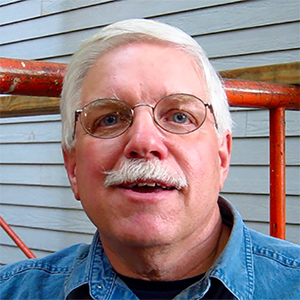
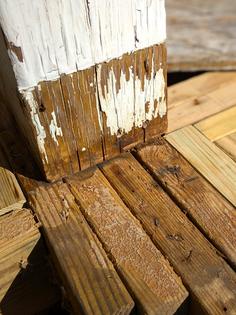










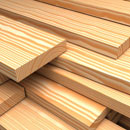





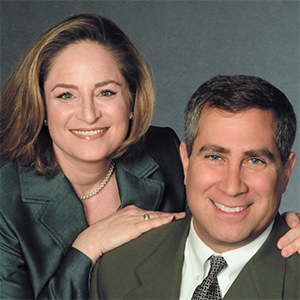



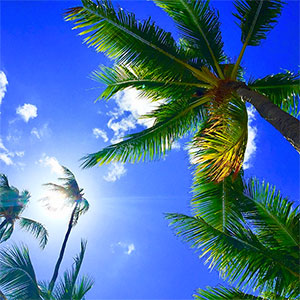

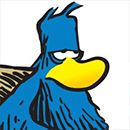
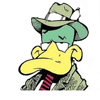
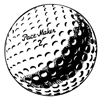


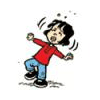
Comments